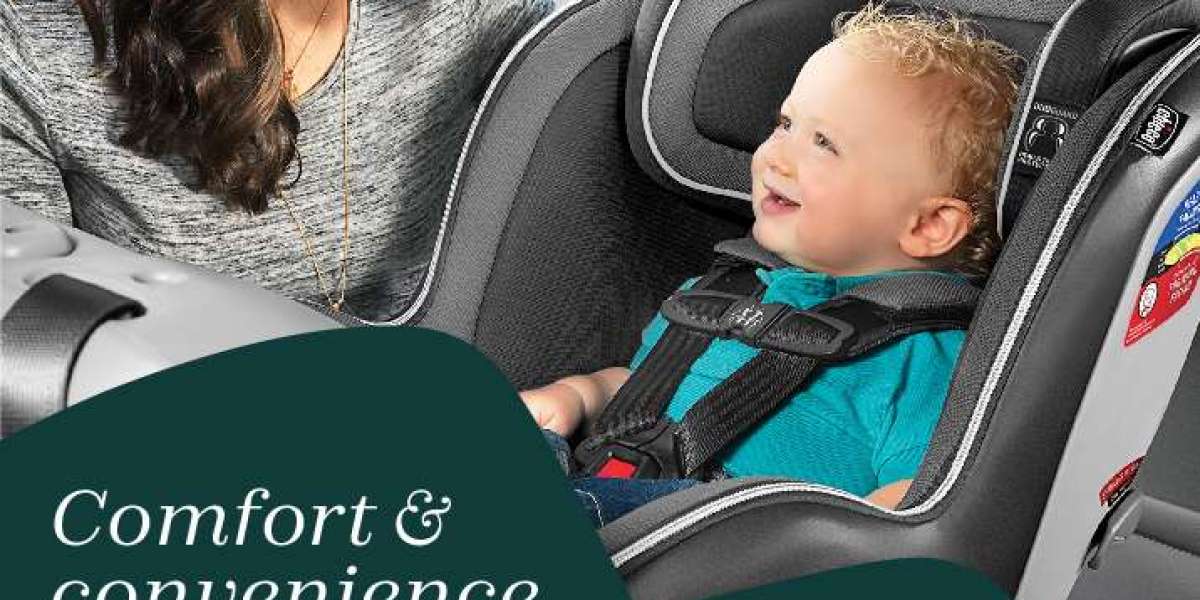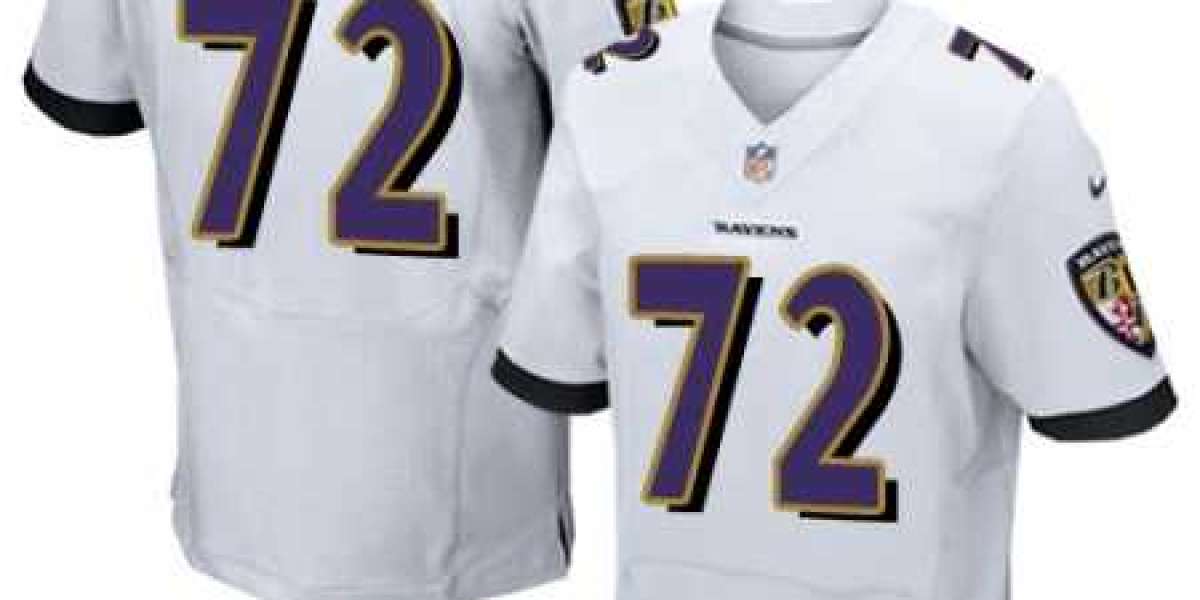When welcoming a new baby into the world, safety becomes a top priority for parents. As you navigate the many choices in baby gear, the question often arises: Is a Baby stroller safe for newborns? The answer is nuanced, as the safety of strollers for infants depends on several factors, including the type of stroller, its features, and how it’s used. In this article, we’ll explore essential guidelines for ensuring the safety of your newborn in a stroller, helping you make an informed decision.
Understanding Stroller Types
1. Infant Car Seat Strollers
Infant car seat strollers are specifically designed to accommodate newborns safely. These strollers include a compatible infant car seat that can be easily attached to the stroller frame. Since infant car seats are designed for babies from birth to approximately 30 pounds, they offer the best option for newborns.
2. Traditional Strollers
Traditional strollers typically have a seat that reclines. Many modern strollers feature a flat recline position suitable for newborns, allowing them to lie flat, which is essential for their spinal development. If you opt for a traditional stroller, ensure it has a fully reclining seat to support your newborn's needs.
3. Travel System Strollers
Travel systems combine an infant car seat and a stroller, providing a versatile option for parents. These systems allow you to easily transfer your baby from the car to the stroller without disturbing their sleep, making them a convenient and safe choice for newborns.
4. Umbrella Strollers
While umbrella strollers are lightweight and portable, they are typically not recommended for newborns. Most umbrella strollers lack the necessary support and reclining features needed for infants, making them less safe for very young babies.
Essential Guidelines for Stroller Safety
1. Choose the Right Stroller
When selecting a stroller for your newborn, prioritize safety features and compatibility with infant car seats. Look for strollers that offer:
A Fully Reclining Seat: This allows your baby to lie flat, which is important for their comfort and safety.
Safety Harness: Ensure the stroller has a 5-point harness system to keep your baby securely in place.
Sturdy Frame and Wheels: A robust frame and quality wheels will provide stability and ease of use.
2. Follow Age and Weight Limits
Every stroller comes with specific age and weight limits. Always adhere to these guidelines to ensure your newborn’s safety. Most manufacturers recommend that babies should be at least six months old before using a stroller that does not recline fully.
3. Use Proper Positioning
When placing your newborn in a stroller:
Ensure Proper Support: Always use a stroller with proper head and neck support. Newborns have limited control over their heads, so extra cushioning or support may be necessary.
Adjust the Recline: Make sure the seat is reclined flat when transporting your newborn to ensure their spine is properly aligned.
4. Avoid Using the Stroller for Sleeping
While it can be tempting to let your newborn sleep in the stroller, it’s essential to create a safe sleep environment. If your baby falls asleep in the stroller, be sure to:
Supervise: Always keep an eye on your baby while they are in the stroller.
Move Them to a Crib or Bassinet: Whenever possible, transfer your baby to their crib or bassinet to promote safe sleep practices.
5. Regular Maintenance and Inspection
Keeping your stroller in good condition is crucial for safety. Before each use, check for:
Loose Parts: Inspect the stroller for any loose screws or damaged components.
Tires and Brakes: Ensure that the tires are properly inflated and the brakes function correctly to prevent any accidents.
Cleanliness: Regularly clean the stroller to prevent the accumulation of dirt and germs that can affect your baby’s health.
Conclusion
In summary, a Baby stroller can be safe for newborns when used correctly and chosen wisely. By selecting the right type of stroller, following essential safety guidelines, and ensuring proper positioning, you can create a safe and comfortable environment for your newborn while enjoying the convenience of a stroller. Always prioritize your baby’s safety and comfort, and consult your pediatrician if you have any concerns about using a stroller with your newborn. With the right precautions in place, you can confidently embark on your adventures with your little one!







